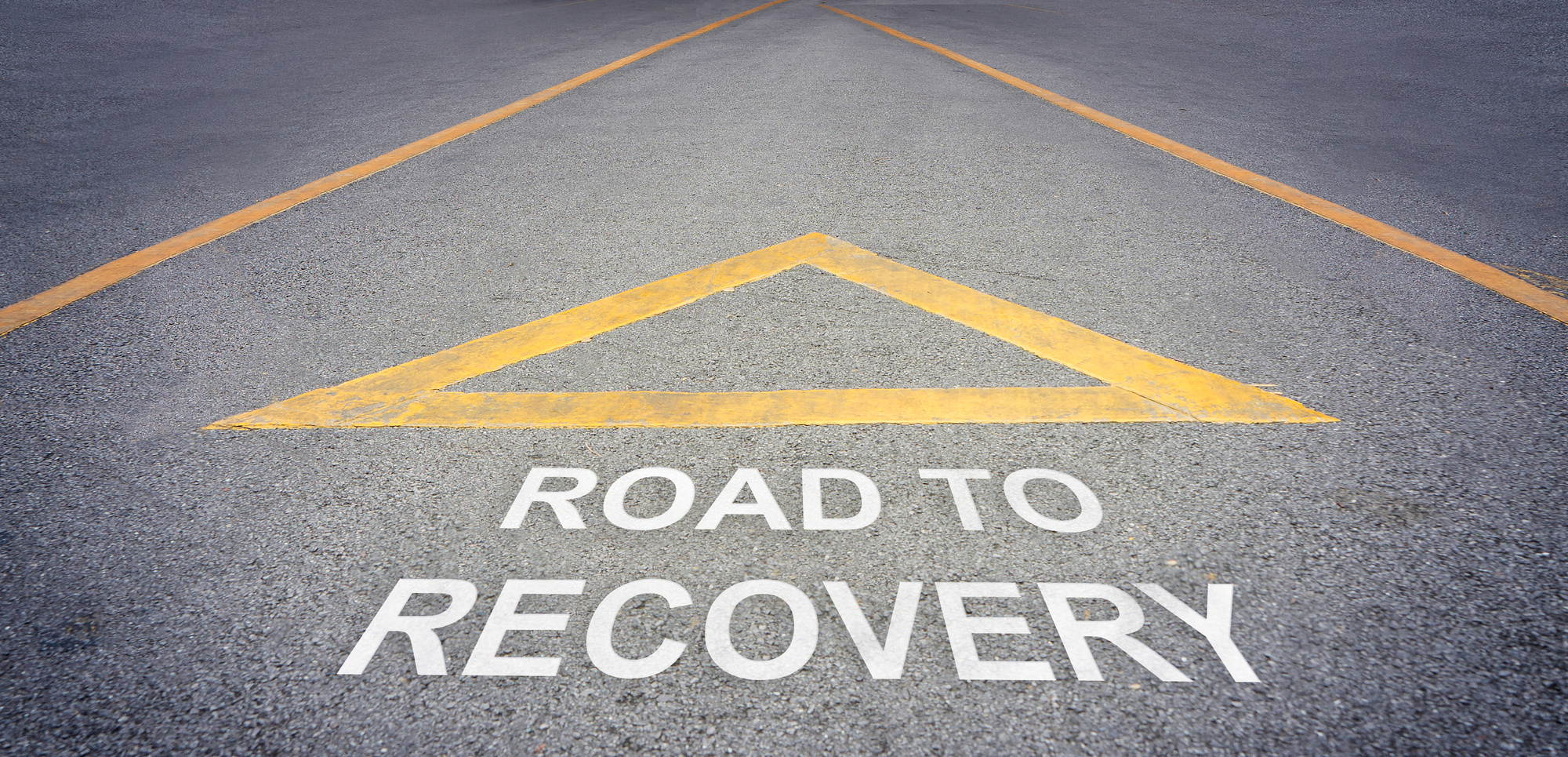The National Council on Alcoholism and Drug Dependence cites that interventions are 90% effective when performed correctly.
Interventions are a proven recovery strategy that can dramatically increase someone’s chances of recovering from addiction. They show the person involved that loved ones are concerned for their wellbeing and also help to acknowledge the impact their addiction has had on family and friends.
Interventions provide a way to support and encourage loved ones to seek treatment.
Do you have a friend or family member suffering from addiction? Please keep reading for how to stage an intervention and five critical steps to take to ensure its success.
1. Plan the Intervention
Preparing for an intervention takes time and a lot of planning.
Decide who you want to take part in the intervention and where and when you want it to occur. You’ll also need to figure out how to get your loved one to the location without knowing about the intervention.
Plan what people will say. Make sure each person participating in the meeting knows exactly what they’ll say and has rehearsed it.
2. Gather the Appropriate People
One of the most critical intervention preparations is to gather the people who the addiction has most impacted.
Contact co-workers, family, friends, significant others, and anyone willing to share their story. Each person will take turns addressing the addict to explain how their addiction has impacted them and how they’ll support them in recovery.
Many people choose to hire a professional interventionist. They’ll help ensure the meeting stays on track and is run in a productive and supportive way.
3. Choose a Private Setting
A crucial step in how to hold an intervention is to choose an appropriate setting.
The meeting can be held at a friend’s or family member’s or a neutral location. Make sure the setting is convenient, provides enough space, and allows for privacy.
Catching your loved one off guard is critical. Make sure to choose a setting where they won’t suspect an intervention and where everyone involved can gather before they arrive.
4. Remember Who You’re Talking to
Remember that the person you’re trying to help has no control over their addiction.
The person you knew before still exists. Be prepared for a backlash during the intervention but do your best to remember it’s not your loved one talking- it’s the addiction.
5. Present the Facts
One of the most critical tips for staging an intervention is to articulate the facts clearly but lovingly.
Your loved one must understand what they’ve done and how it has affected others.
The intervention may take some time, usually over an hour. Before it’s over, make sure to present your loved one with support, a solution, and an ultimatum. Present them with plans to enter a rehab center, such as Hope Rising, or face the consequences.
By the end of the intervention, your loved one needs to realize that they choose to forfeit things such as financial support, material objects, and intimate relationships if they refuse treatment.
How to Stage an Intervention To Promote Recovery
Now that you know how to stage an intervention, you’re well on your way to helping your loved one find recovery.
Seek support during the planning process and hire a professional interventionist if the task seems overwhelming. You are not alone.
If you found this article helpful, you’ll enjoy our other Family, Health, and Relationships blog posts. Check them out today!

